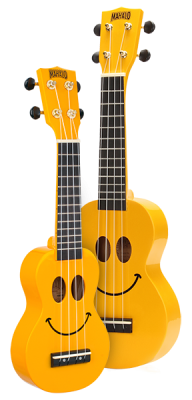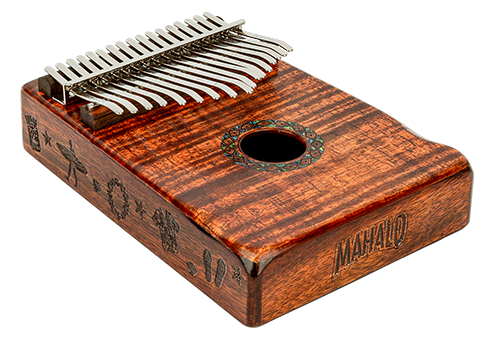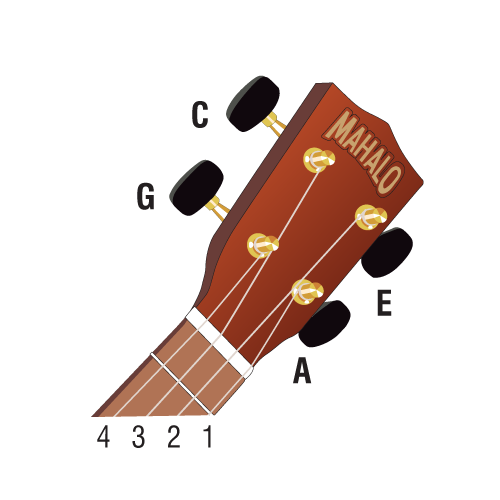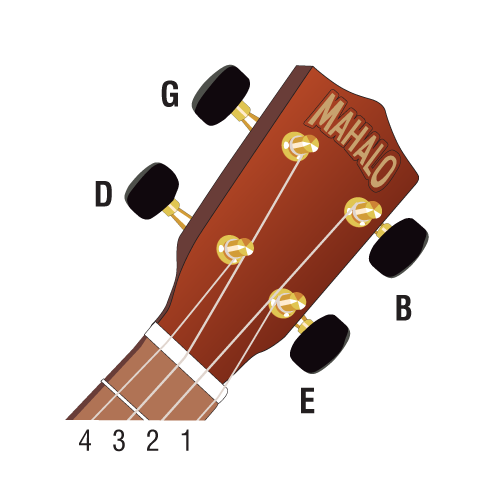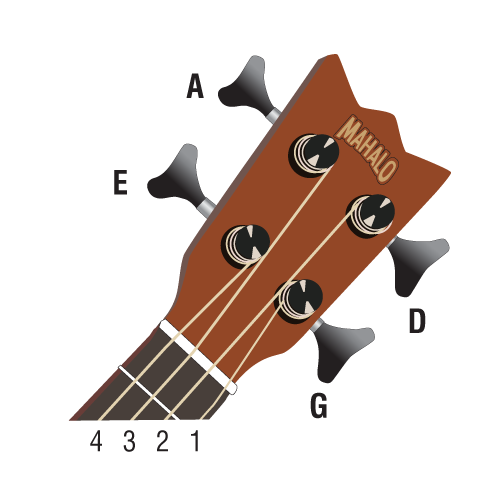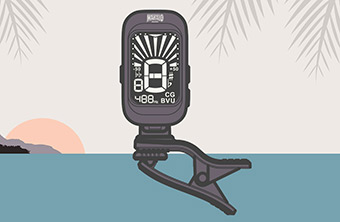It’s important to always ensure your ukulele is in-tune every time you play, so your music will sound ‘right’ and pleasing to the ear. h4>
The tuning of your strings can change due to new strings stretching, which may occur until they are ‘played-in’. Changes in temperature and humidity and even playing may also cause strings to become out-of-tune. It therefor makes good sense to check your tuning every time you play or practice. h5>
Before we start to tune let’s learn the names of the strings. The names of the open strings on the ukulele from low (top or 4th string) to high (bottom or 1st string) are: h5>
HOW TO USE THE ONLINE TUNER h2>
These tuners support the most popular ukulele tunings. h3>
Le réglage standard est GCEA, qui est le réglage le plus courant pour les ukulélés Soprano, Concert et Tenor.
le dGBE L’accord est utilisé pour les plus grands ukulélés de baryton et vous donnera les mêmes notes fondamentales que les quatre premières cordes d’une guitare.
Pour accorder votre ukulélé, sélectionnez le bon accordeur (ci-dessous) et cliquez sur le bouton de lecture correspondant à la note de corde que vous accordez.
La note sélectionnée jouera la note pour chaque corde. Écoutez attentivement et accordez votre ukulélé à cette note à l'oreille.
Regarder le Tuning Lessons Video pour plus d'informations sur le réglage de votre ukulélé.
gCEA Tuner h1>
Soprano - Concert - Tenor h4>
C
g

E
UNE
dGBE Tuner h1>
BARITONE h4>
g
ré


